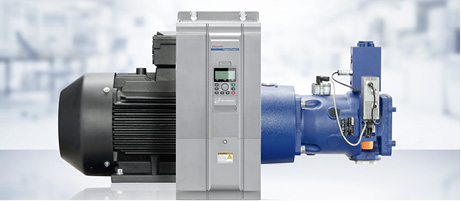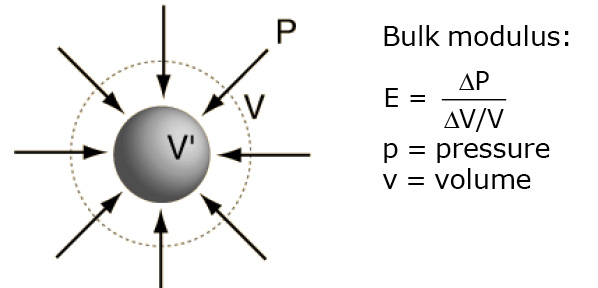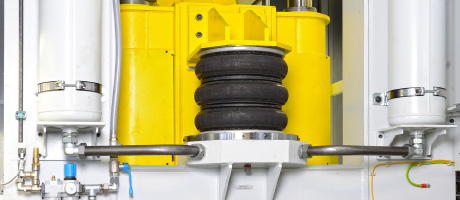Attributes & Benefits of AC- and DC-Operated LVDT Position Sensors
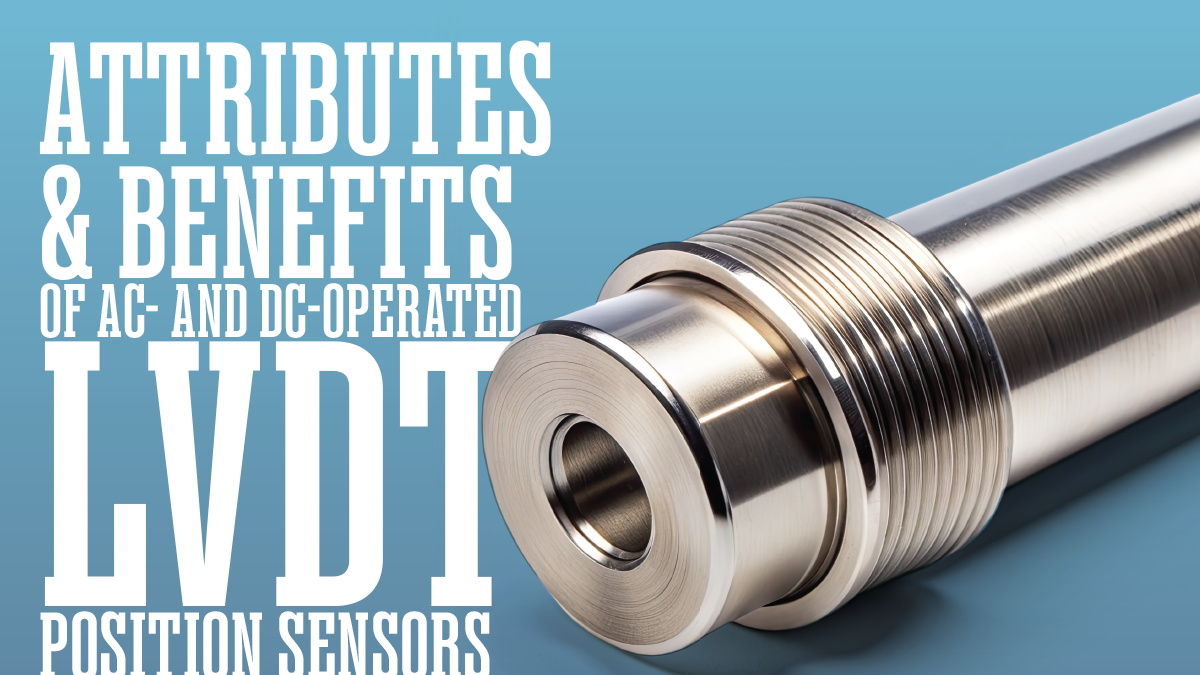
Elements of this image furnished by Adobe Stock | Sujid
By Michael Marciante, Applications Engineer, NewTek Sensor Solutions.
LVDTs (Linear Variable Differential Transformers) are position sensors capable of measuring displacements as small as a few micrometers (millionths of an inch) and over 500 mm (20”). In most applications, the LVDT housing is mounted to a fixed position with the measured part and mechanically linked to a movable LVDT core. As the core moves, the LVDT output changes. (See diagram 1 below)
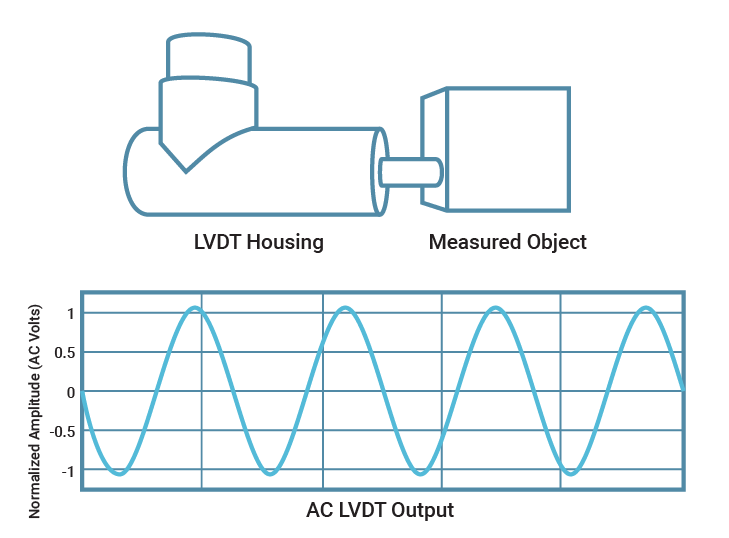
Diagram 1 The LVDT housing is mounted to a measured object and linked to a movable LVDT core. LVDT output changes as the core moves.
Introduced during WWII as a lab measurement tool, LVDT Position Sensors now work in a variety of industrial applications ranging from measuring valve position in power turbines, feedback on the performance of medical instruments and gaging of products on automation lines.
The evolution of microprocessors and new construction materials significantly optimized LVDT performance, range, and cost of ownership, making them the choice of technology over other displacement technologies. Today, LVDT sensors are offered in high temperature versions, extended ranges, smaller strokes, radiation resistance and other characteristics to meet the requirements of a broader range of industries. They even operate as part of telemetry systems in measuring parameters and providing feedback to a remote monitoring system that stores information in the cloud for operator access or further processing.
AC and DC versions
LVDTs are available in AC and DC versions. Initially, LVDTs were AC-operated and did not contain any internal electronics. Because it’s a transformer, an LVDT is fundamentally an AC in/AC-out device. It requires an AC excitation voltage across the primary windings and produces an AC output across the secondary windings.
An external signal conditioner supplies the excitation signal and measures output. It demodulates the low-amplitude AC output and produces a DC voltage, current, or digital output for use by meters, PLCs and other control systems. (See diagram 2.)
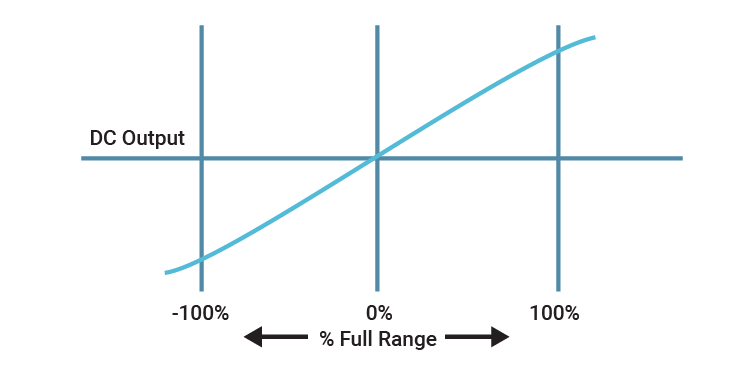
Diagram 2 The output from an LVDT signal conditioner is a linear DC signal that can be accepted by most control systems and meters.
High-density microelectronics enabled the incorporation of signal conditioning and processing functions inside the LVDT rather than require external signal conditioning. Comprised of an AC-operated LVDT and a carrier generator/signal conditioning module, a DC-operated LVDT maintains all the desirable properties of the AC-operated LVDT, but has the simplicity of DC operation.
Users can supply a DC input and measure a DC output corresponding to the core position. They possess many of the benefits of LVDT technology while offering the convenience of directly supplying and reading a DC signal. Both varieties remain on the market as they offer distinct benefits based on application. Below are distinct characteristics of each.
AC-Operated LVDT Properties
Infinite Mechanical Life and Resolution
The AC-LVDT offers frictionless operation as the coil and core structure never make contact so parts do not rub together. Void of friction, the sensor offers infinite mechanical life to sustain the long-term reliability of the systems in which it is installed as well as infinite resolution in measuring small changes in core position. In fact, once installed, AC-LVDTs can offer decades of reliable operation over millions of cycles without the need for replacement. This feature is important when sensors are installed in inaccessible locations or embedded into structures as replacement would be time-consuming and cause downtime in operations.
Shock and Vibration Resistance
AC-operated LVDTs do not have electronic components that are affected by shock and vibration. In addition, vented designs that expose the coil assembly and equalize pressure inside and outside the sensor provide greater resistance to shock and vibration.
Wide Temperature Ranges
With electronics separated from the LVDT coils, AC-operated linear position sensors continuously operate without failure at temperatures from as low as -150°C (-238°F) to above 537°C (1000°F). The temperature range of a DC-operated LVDT is limited by the properties of its internal electronic signal conditioning module.
Smaller Package
Without requirements for internal electronics, AC-LVDTs are packaged in smaller sizes to fit into hard-to-reach installations. Miniaturized versions are lightweight and offer a compact 10 mm (3/8”) diameter for use in applications with tight space and weight restrictions.
Fast Dynamic Response
The dynamic response of an AC-operated sensor is only limited by the inertia of its core. As it is small, AC units offer a fast response that is ideal for high response dynamic measurement such as plastic injection molding machines, automation inspection equipment as well as robotic equipment requiring displacement feedback to ensure proper machinery operation.
Operation in Corrosive, Pressurized Environments
By adding a non-magnetic barrier to separate the LVDT coil from its core, the sensor core is only exposed to media while the coils are separated by a sleeve or tube construction of glass, metal or other non-magnetic material. This enables the sensor to operate in highly corrosive, pressurized environments such as underwater.
DC-Operated LVDT Properties
Pre-calibrated Analog or Digital Output
These LVDTs provide DC output corresponding to the core position directly compatible with computer-based systems and digital buses. As a result, DC versions of the LVDT are more popularly used in a wider variety of quality control, inspection equipment, and industrial metrology applications.
Eliminates Need for External Signal Conditioning
With internal electronics, DC-operated LVDTs eliminate the need to purchase and install external AC excitation, demodulation, and amplification equipment.
Reduced Configuration Time
Pre-calibrated DC-operated LVDTs incorporate electronics so signal conditioning capabilities are built right into the housing, allowing for easy and fast installation.
Higher Accuracy
With internal electronics including microprocessors, DC-operated sensors can achieve superior accuracy thanks to factory-set linearity compensation.
Lower Cost
Without the need for external amplification equipment to complete the processing system, overall costs are often reduced. DC units also can operate using as few as two conductors, reducing cabling costs and conductor penetrations for chambers and ovens.
4-20 mA Designs
DC-operated LVDTs are available with loop-powered 4-20mA current output that is less sensitive to background noise and reduces voltage drops associated with analog voltage signals. Users can use these units with longer cable runs with minimal effects of EMI or noise on the signal. Recalibration is not needed to correct for voltage drop.
How to Choose
Ask the following questions when deciding on which type of LVDT works for an application:
What are the temperature conditions of the application?
For environments with extreme or fluctuating temperatures, an AC-operated LVDT can be specified to operate below -20°C (-4°F) or above 85°C (185°F). AC LVDTs can achieve much wider operating temperature ranges than DC LVDTs.
Is the installation in a tight, hard-to-reach, or inaccessible area?
Without electronics, an AC-operated unit is more compact in size. Miniatured versions meet restrictive space requirements. AC LVDTs, in general, have a longer MTBF than DC LVDTs, making them suitable for areas with restricted access.
What is the operating environment of the application?
Applications with harsh environments such as high temperatures, vibration, and shock should consider an AC-operated LVDT as it does not contain internal electronics affected by these conditions. Applications in a light industrial setting or laboratory environment may be perfectly suitable for DC LVDTs.
Is LVDT calibration possible on-site?
An AC LVDT generally requires calibration on-site. Factory calibrated with a calibration sheet included, DC LVDTs are ideal for users who do not have calibration equipment on-site.
Is easy sensor installation considered a plus for an application?
A DC-operated LVDT offers outputs that can be directly used by different control systems and offers “plug-and-play” functionality.
How far from the electronics is the LVDT?
In situations where the distance between the LVDT position sensor and its associated electronics will require a cable run in excess of 30 m (100 ft), a 4-20 mA LVDT should be considered.
Is an endpoint setting required?
When using a signal conditioner, users can set endpoints over the scale of the output variables. Particularly relevant in valve monitoring applications, users can set the total output range over the valve’s stroke, with a linear output at each valve position in between.

Photography courtesy of NewTek Sensor Solutions.
Applications of AC and DC LVDTs
Power generation environments can reach temperatures of 250°C (482°F). With electronics separated from the LVDT coils, NewTek’s AC-operated linear position sensors continuously operate in power generation stations without failure at high temperatures. While the LVDT sensor remains in a harsher environment, NewTek’s NTC-6000 LVDT Signal Conditioner (which excites the AC-operated LVDT and provides a variety of output options for use in PLCs and other control systems) operates in a less innocuous environment. By using a low operating frequency range between 2.5 kHz to 10 kHz, interference with other signals is minimized and the LVDT and signal conditioning can be separated by 100 feet or higher.
With attributes such as frictionless measurement, infinite mechanical life, excellent repeatability, and good temperature stability over extended temperature ranges, NewTek AC-operated LVDT position sensors are the ideal linear position technology for valve applications, while providing both short and long stroke measurements, typically from 1.2 mm to over 500 mm (0.050 inches to over 20 inches).
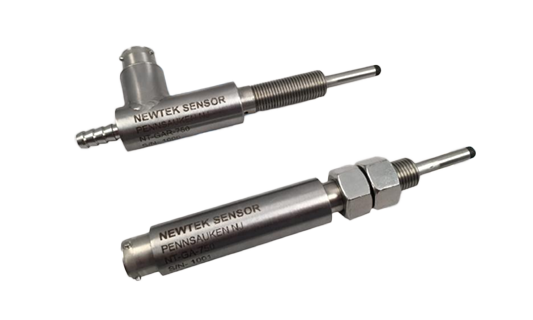
Photo 1 shows examples of NewTek spring-loaded gage heads that are used for surface measurement of paper, rubber, paneling and other materials as part of quality control processes in sawmill, wood processing, paneling, rubber, and automotive production plants.
Spring-loaded LVDTS (see photo 1) provide precision data for online parts quality control in automated assembly. They also are used for surface measurement of paper, rubber, paneling, and other materials as part of quality control processes in sawmills, wood processing and automotive production plants. (See diagram 3) When temperature exposure is not an issue, a DC-operated LVDT gage head eliminates the installation and cost of signal conditioning equipment. With electronics built into the assembly, the sensor simplifies mechanical set-up into automated machinery.

Diagram 3 shows the mechanics of how a spring-loaded gage head measures a surface and provides 4-20mA output to a control system.
DC-operated Linear Position Sensors offer loop-powered 4-20 mA current or 0-10 DC voltage output in providing a robust measurement signal for integration into a variety of PLCs, digital indicators, computer-based data processors and AC data collection systems. Bipolar ±10 VDC output is also available to integrate with specialized or legacy equipment. The DC-operated Position Sensors meet the requirements of industrial monitoring and feedback applications such as liquid level measurement, robotic automation, manufacturing processes and other industrial automation controls.


